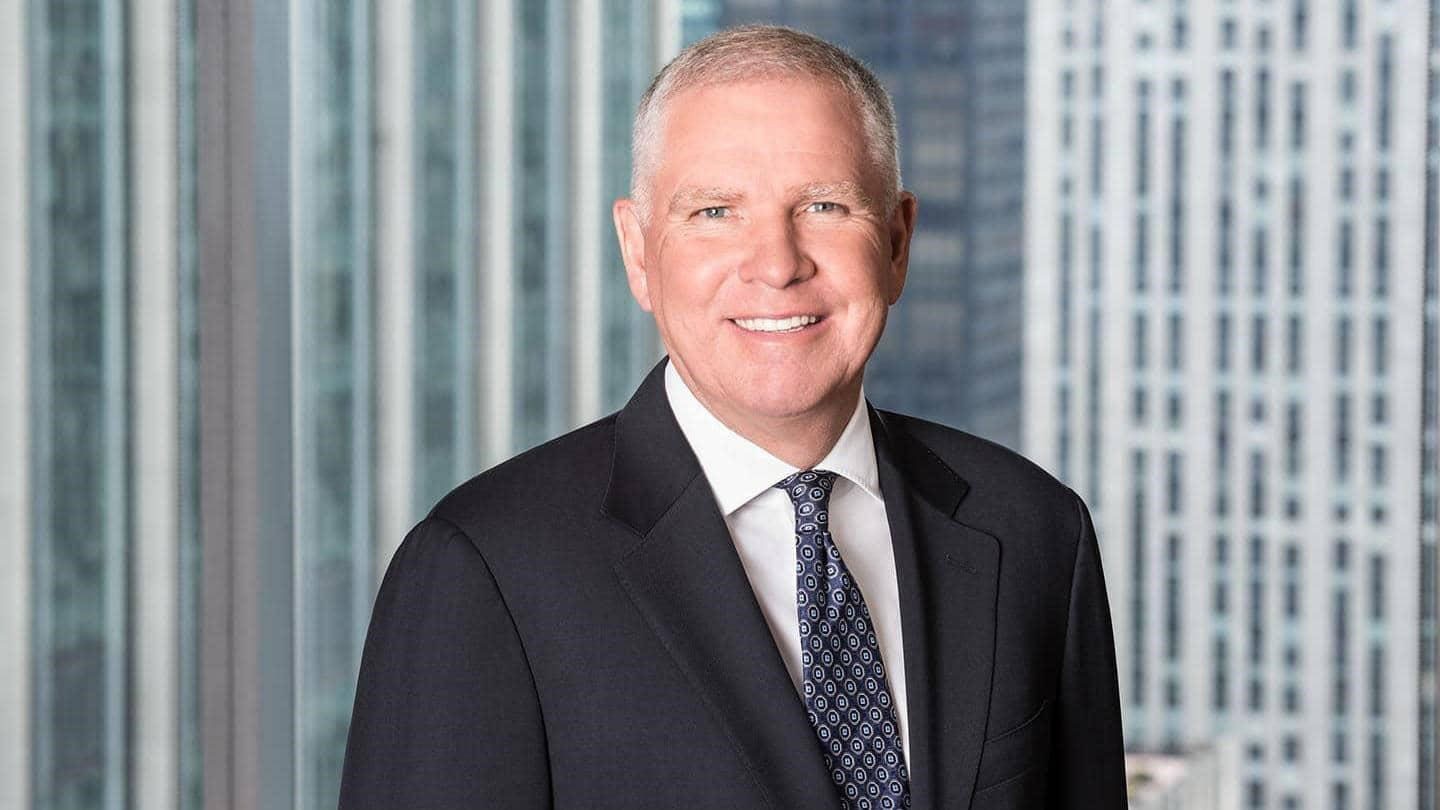
Innovation
Why embedded finance is a “win-win-win”
Embedded finance is set to be the next big thing in banking. New innovations in the field are disrupting financial services and beyond – and could support societal change. The latest Rise FinTech Insights report investigates how the technology could be a ‘win-win-win’ for incumbents, startups and consumers.
Revenues for embedded finance services were US $16.1bn in 2020, but are forecast to reach US $140.8bn in 2025, according to Forbes research. But what exactly is embedded finance – and how could it transform financial services?
“In simple terms, embedded finance allows companies to create innovative financial offerings that are integrated into the act of purchasing a non-financial product or service,” explains Paul Compton, Global Head of Banking and Co-President of Barclays in the latest edition of Rise FinTech Insights. “For example, retailers are embedding loan options at the checkout when customers purchase large electronic goods.”
The technology gives a seamless selection of financing products – from payments to lending and savings to insurance. By embedding financial services, “new customer journeys that solve real world problems for consumers” become possible in many sectors including retail, health, education, transportation and agriculture, says Compton.
Embedded finance can enable a ‘win-win-win’ for incumbents, startups and consumers.
Global Head of Banking and Co-President, Barclays

Embedded finance is helping solve “real world problems for consumers”, says Barclays’ Paul Compton
“What makes embedded finance exciting from a fintech perspective is not only the possibility of developing creative solutions to these problems but also the availability of new, modular technology, in the form of ‘banking as a service’, that underlies and supports those solutions.”
As new sectors look to embedded finance to improve their offerings to customers, it will be crucial for financial institutions like banks to “discover possibilities by redesigning and opening up their core technology stack”, Compton says. At the same time, it will be crucial for fintechs to explore partnerships with the financial services sector, and for both financial institutions and fintechs to explore partnerships with companies across other sectors, which is where Compton says, “the magic of embedding really takes place”.
He continues: “If the big incumbents are brave enough, and the fintech community can continue to be nimble in innovating, then new value propositions and customer experiences should emerge that truly provide customer convenience. In this way, embedded finance can enable a ‘win-win-win’ for incumbents, startups and consumers alike.”
Getting the cloud right
Compton’s thoughts are echoed throughout the report by a series of entrepreneurs, as well as experts from the Rise, created by Barclays, ecosystem and external investors. Michael Gilroy, General Partner at tech venture capital firm Coatue Management considers ‘banking as a service’ (BaaS) and embedded finance as not just an investment opportunity but “a better way to meet customers’ financial needs, getting important financial products into the hands of historically underbanked individuals”.

Michael Gilroy says the developments can help the historically underbanked
Embedded finance is a better way to meet customers’ financial needs, getting important financial products into the hands of historically underbanked individuals.
General Partner, Coatue Management
Startup FarmGuide is using satellite image data stacks to revolutionise the loans process for tens of millions of underbanked farmers in India, while other companies including successful Barclays Accelerator graduates Seldon and Spark Change have shown how embedded finance can provide solutions in the fields of drug discovery and carbon offsetting.
Saket Saith, Chief Technology Officer, Barclays UK, sees “getting the cloud right” as key for all organisations interested in embedded finance. “It’s essential to Barclays for several reasons,” he says. “In addition to improved elasticity, resilience and economics, it helps us focus on apps instead of infrastructure, and inspires us to new ways of working and thinking. Instead of providing a financial product, we’re part of the customer journey and are meeting a financial need along it. It sounds like a subtle change in mindset, but it can be a lot of work, especially for large organisations.
“Barclays has a long history of innovation. In the last few years, we've transformed the way we think about and deliver technology, partnering with new providers to deliver better products and customer experiences. An embedded future for us takes many forms and sustained innovation with partners has taken Barclays in new directions.”
Gaming finance
With new generations relying less on traditional forms of credit, vendors are keen to support this evolving behaviour. For Phil Hutcheon, whose London-based, music ticketing service DICE has successfully disrupted the sector, “embedded finance doesn’t just mean embedding ticket payments. It enables new scenarios, inspired by gaming, that have accelerated as a result of the pandemic.”
He continues: “As with gamers, music fans don’t care what time zone a gig is in, or even what currency they’re using. They just pay. DICE provides multiple currency options for live streams, but fans often choose the best time for them and pay in whatever currency that time zone requires. It makes us wonder what exactly ‘currency’ will mean in five- or 10-years’ time.”
Embedded finance is fast-tracking products that are increasingly customer-centric and for a new type of customer. Rise New York’s FinTech Platform Lead, Alexandra Gheorghe says that the technology has changed how companies perceive their operating models, hiring practices and mission statements: “Alongside the social movements that swept across the US last year and corporate responses ranging from sustainability to diversity, we are optimistic these efforts will begin to produce tangible results in 2021.”